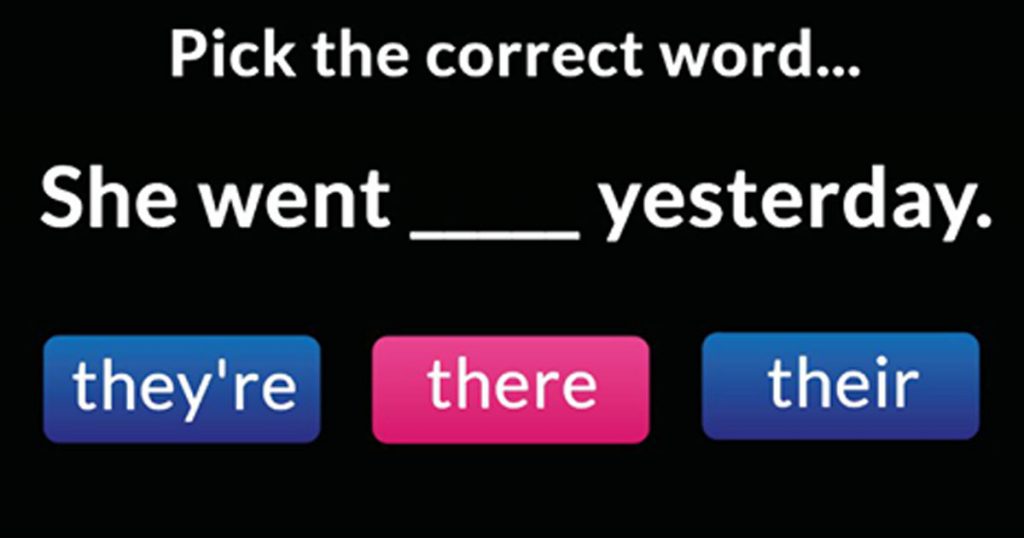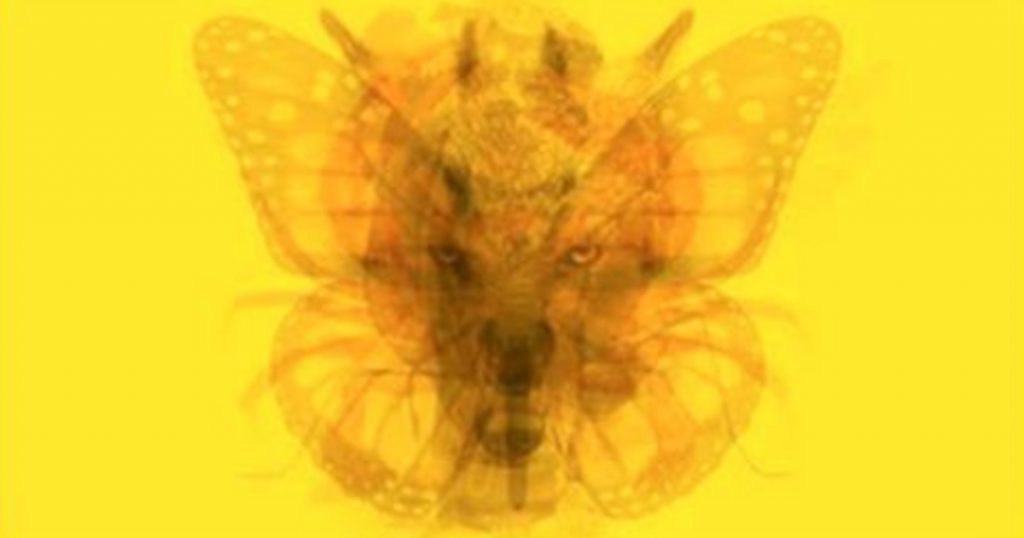Headaches happen to everyone, and everyone hates them. They can be mild or severe, they can be all over your head or radiate from one side.
Whatever they are, they’re the worst. They make simple tasks seem insurmountable and make even a great day miserable.
What you might not realize is that different types of headaches come from different causes, and that means they can be soothed, at least a little, if you know what’s causing the pain.
Just like with any other part of your body, you can learn the habits of headaches, and have a better idea of how to make them hurt less, as well as how to avoid them in the future with some simple changes to diet and habits.
There are actually several types of headaches. The most common are migraines, tension headaches, and cluster headaches. They can be the result of illness, injury, or a problem elsewhere in the body. They can also occur from stress and emotional tension, overexertion, or even dietary issues.
In addition, there are primary and secondary headaches. Primary headaches are annoying and painful, but are harmless. A secondary headache is a symptom of another problem, and can be anything from harmless to dangerous.
If you have recurring headaches or ones that really inhibit living your life, talk to a medical professional to learn about your treatment options. And read on to see what your headaches are trying to tell you.
Headache Type 1: Allergies
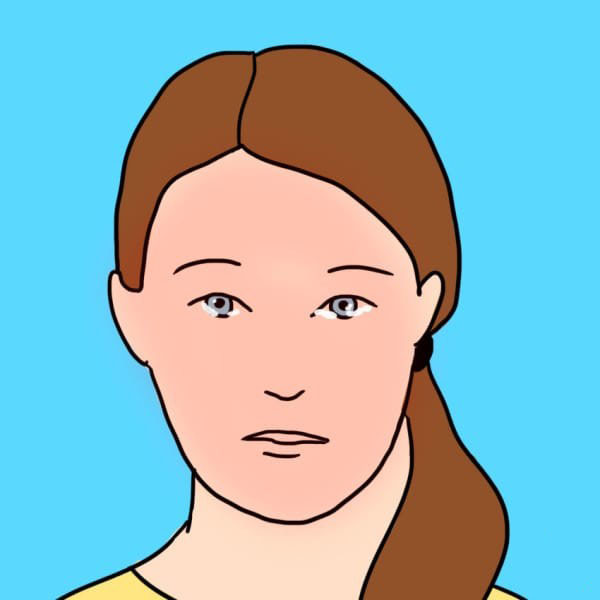
Allergies are a major source of headaches, especially as they can cause blockage of the sinuses and pressure in the head.
Allergy headaches are often accompanied by watery, itchy eyes, and the ache is usually felt all over the head and face. If you suffer from seasonal allergies, you’ve probably had these.
Treatment can include antihistamine and cortisone medications, which are typically prescribed by a doctor.
Headache Type 2: Sinus
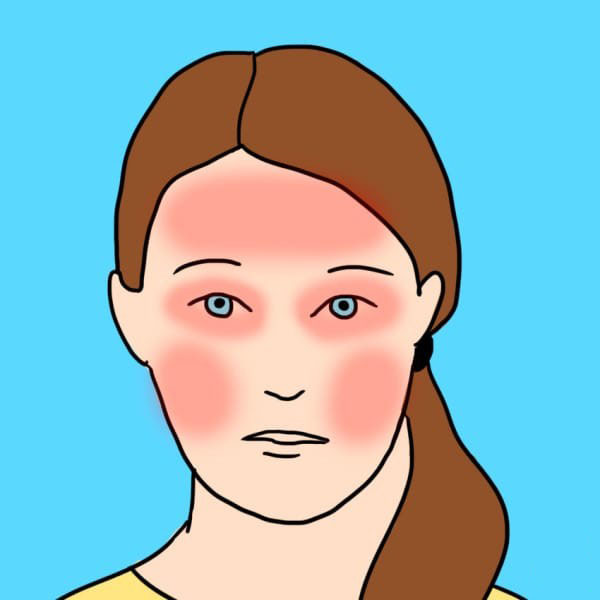
A sinus infection causes pressure, but the infection does too.
These headaches are usually felt in the forehead, around the eyes, and in the cheeks. They’ll usually get worse as the day wears on.
Sinus headaches can be cleared up with antibiotics and/or nasal decongestants.
If you get these more than most people do, talk to your doctor to make sure there isn’t an internal issue like a deviated septum.
Headache Type 3: Anxiety
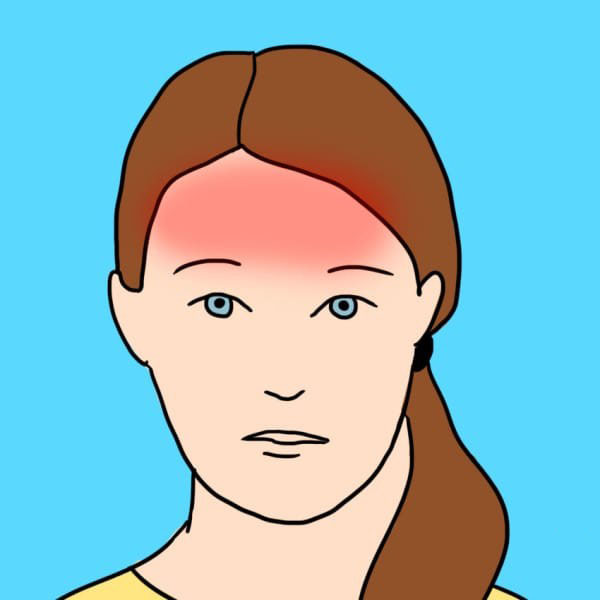
If you’re stressed out, you might feel pain across your forehead in a “headband” formation.
These headaches usually come during periods of stress and anxiety, such as being overworked or going through an emotional time.
Stress management is the best way to prevent these headaches. Breathing and mediation help when your head starts to throb, and getting enough sleep is important in soothing these too.
Headache Type 4: Cluster
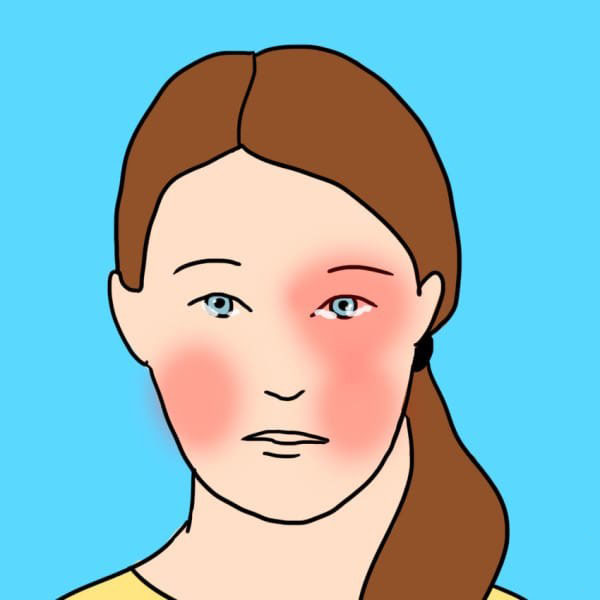
Cluster headaches are severely painful and usually centered around the eye.
They can cause the eye to water and can also cause nasal congestion. Facial flushing is also common.
These headaches are more common in men than in women and often come in attacks. There’s no real known cause, although it may be genetic, and alcohol and smoking can exacerbate them.
Prescribed medication is typically the best way to soothe these.
Headache Type 5: Caffeine Withdrawal
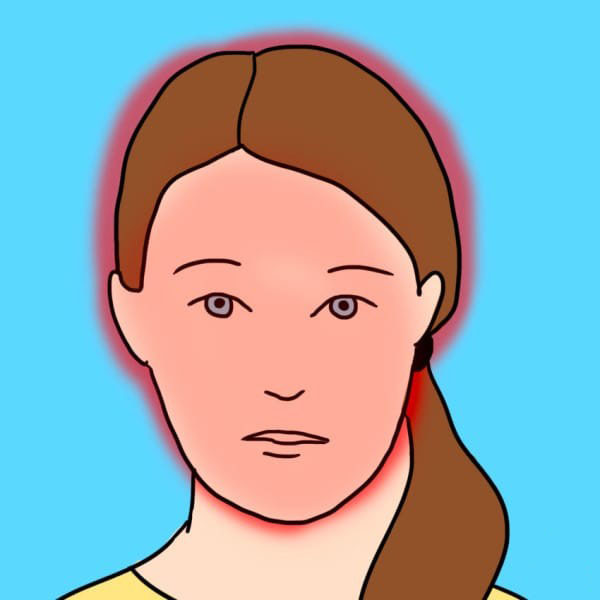
If you drink a lot of coffee, you might notice that your head hurts after a while without a cup. This is a sign of withdrawal — caffeine is a drug, after all.
These headaches are throbbing, caused by blood vessels which were constricted by the caffeine, dilating again.
The best way to stop these is to cut down on caffeine. In severe cases, you may have to cut out caffeinated drinks altogether.
Headache Type 6: Migraine
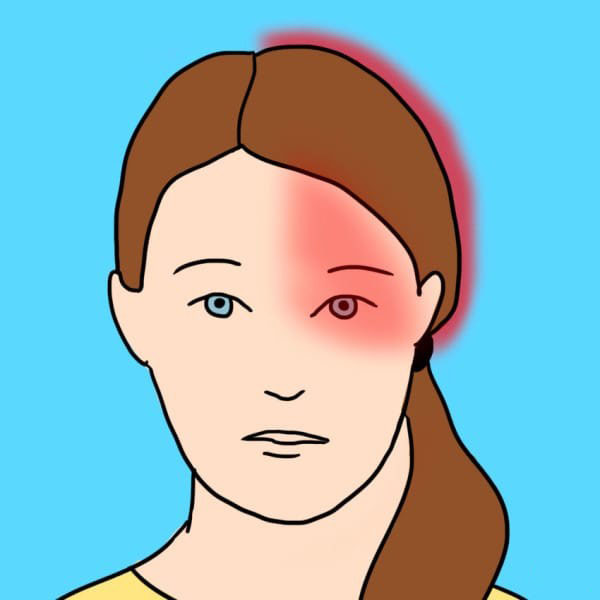
They can last anywhere from four to 72 hours, and can inhibit everyday activity. Some people experience nausea, vomiting, and sensitivity to light and/or sound.
Some people also experience an aura before the onset of a migraine.
Migraines are typically treated with medication, as well as biofeedback.
Headache Type 7: Tension
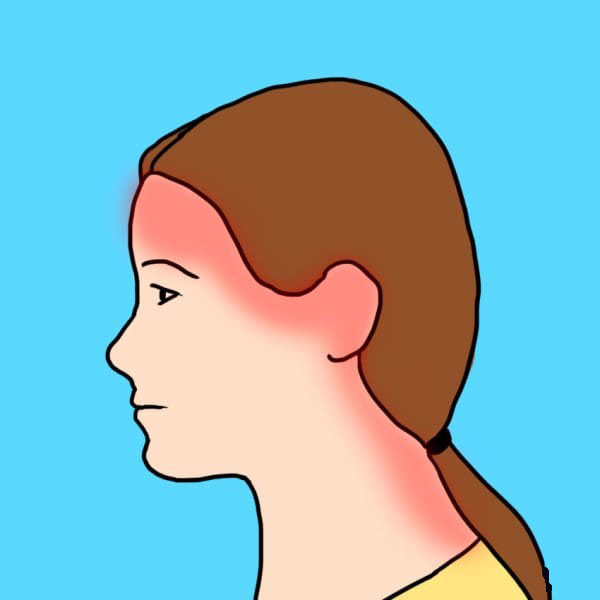
Tension headaches are the most common type and are usually felt in the temples, the back of the head, and down the neck.
They can be mild to severe, but can usually be alleviated with aspirin or other over-the-counter painkillers.
These headaches might be caused by strain on the muscles and connective tissue in the neck and scalp, and can be caused by both physical and emotional stress.
Treatments also include rest and stress management.
Headache Type 8: Temporomandibular Joint (TMJ)
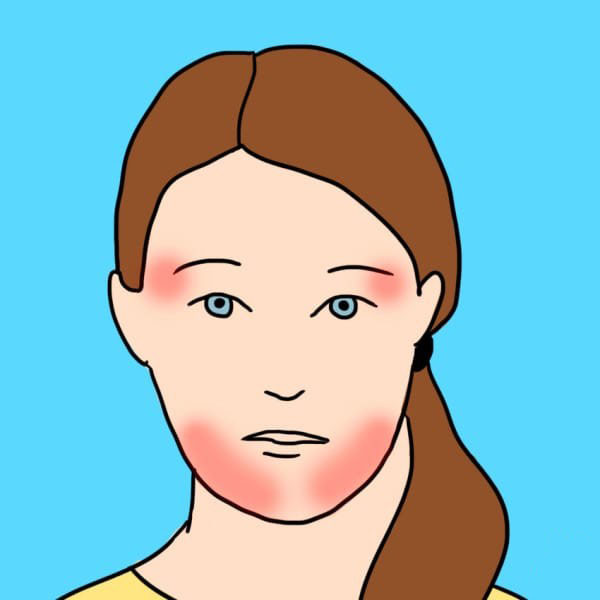
TMJ pain stems from muscle contractions in the temple and jaw, and can also come with a painful clicking noise in the temple when the jaw is moved.
It’s usually caused by the jaw being out of alignment, causing strain.
Treatment includes relaxation of the muscles and correction of the bite to align the jaw.
Headache Type 9: Digestive Issues
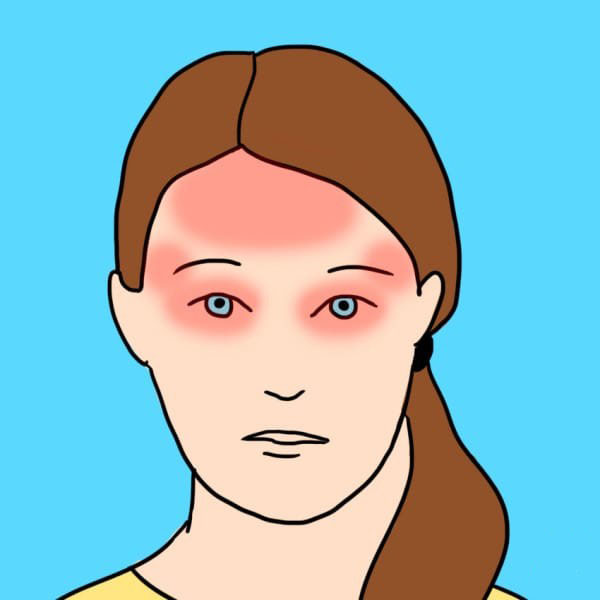
Other times, these headaches can be caused by food allergies and sensitivities, as well as to additives.
Over-consumption of alcohol will also cause these headaches, which are felt across the forehead and in the eyes and temples.
If you get these frequently, reassess your diet, possibly with the help of a nutritionist, and keep alcohol consumption to a minimum.
Headache Type 10: Giant Cell Arteritis
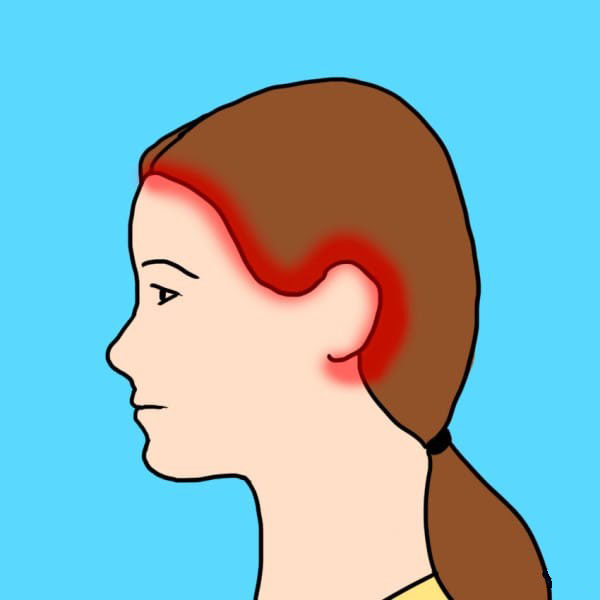
Giant cell arteritis is an inflammation of the lining of the arteries, and is typically found in the arteries in the head, usually around the temples.
It causes headaches and scalp tenderness, as well as jaw pain and vision problems. Without treatment, it can even cause vision loss and increase risk of stroke.
This condition requires medication, so talk to your doctor.
Do you get headaches often? Do you have a tried-and-true remedy you’d like to share?
